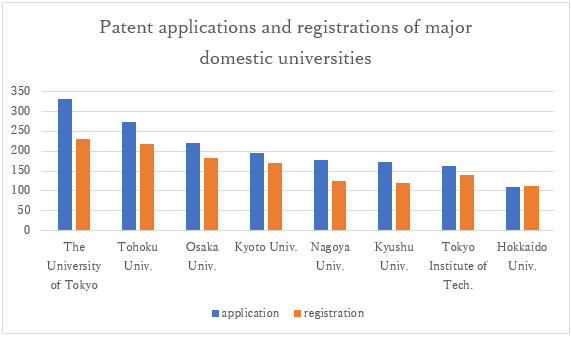Practice Tips for foreign applicants regarding Court Decision, Trademark, Pharma, Design, etc.
On June 5, 2015, the Supreme Court of Japan made an important decision regarding product-by-process claims, i.e., a claim which claims a product with claim recitations defining a manufacturing method of that product. The decision has announced for the first time two standard rules as follows:
- A patented product-by-process claim covers any product which is identical to the claimed product in its structure, properties, etc., even if that product was actually made through a manufacturing method which is different from the one recited in the claim.
- On the other hand, a product-by-process claim is recognized to satisfy the clarity requirement prescribed in Article 36(6)(ii) of the Japanese Patent Law, only when it is considered to have been “impossible” or “utterly impractical” on the filing date of the patent application to define the claimed product directly by its structure or properties.
Hereafter, based on the above decision made by the Supreme Court, Office Actions (Notice of Grounds for Rejection) will be issued when an Examiner judges any claim in a pending patent application as not satisfying the clarity requirement in the sense of rule (2) above. Also, a product-by-process claim in a registered patent which does not satisfy the clarity requirement in the sense of rule (2) above may be invalidated, even if the patent was registered before the issuance of the above Supreme Court decision.
When an applicant receives an Office Action including a lack-of-clarity rejection based on rule (2) above, the applicant may take any one of the following approaches to overcome the rejection:
- cancel the rejected product-by-process (PBP) claim;
- rewrite the rejected PBP claim into a method claim defining a manufacturing method (* Note: Under the Japanese patent practice, a manufacturing-method claim covers not only (i) the claimed manufacturing method but also (ii) products actually manufactured by the claimed manufacturing method.);
- amend the rejected PBP claim so that the amended claim does not include any recitation defining a manufacturing method;
- present an argument against the Examiner’s technical rationale based on which the Examiner alleges to find no special reason that made it “impossible” or “utterly impractical” on the filing date of the application to define the claimed product directly by its structure or properties;
- argue/prove that it was “impossible” or “utterly impractical” on the filing date of the application to define the claimed product directly by its structure or properties.
The Japan Ministry of Health, Labor and Welfare has determined a policy that the usage rate of generic drugs should be raised over 80% before September, 2020. The ministry aims to restrain medical expenses by the diffusion of lower-cost generic drugs.
As you know, a generic drug basically has the same positive effect as an original drug whose patent has already expired, and the generic drug price is usually around 20-70% of the original drug price. The ministry formulated a roadmap for promotion of the use of generic drugs in April, 2013, and decided to raise quantitative ratio of generic drugs from 56.5 % (in 2015) to over 70 % (in 2017) and over 80 % (in 2018-2020) in an attempt to accomplish the following:
[1] reducing the copayments by the patients for pharmaceutical expenses; and
[2] improving the efficiency of provision of medical care (reduction of medical costs) without undermining its quality.
The market share of generic drugs in Japan is very low compared to the shares in the foreign countries.

The trademark offices of U. S., Europe, China, Korea, and Japan (TM5) have set out countermeasures against “bad-faith trademark filings” in cooperation with the International Trademark Association (INTA).
Under the recent situation where trademarks of famous geographic names, brands, etc. have been filed and/or registered by a third party, the trademark offices try to prevent fake circulation and erroneous knowledge distribution to support company’s export strategies.
Each trademark office has formulated 10 examples of the bad-faith trademark filings, and INTA will publish them during the annual meeting which is being held this week in Barcelona.
Example of bad-faith trademark in Japan

The TM5 offices released the following table, which shows the brief overview of the systems and operations regarding the bad-faith filings of each office.

Please be informed that the applicant can request the deferment at the time of either filing the design application or paying the registration fee in order to defer the publication. The official fee of deferment is JPY 5,100. The available length of deferment is 3 years from the date of registration, and the applicant can obtain any length of deferment within three years. Further, it is possible to shorten the length afterwards.
Registered Designs can be kept secret, without any disclosure of filed figures or pictures for the applications thereof, up to 3 years from the date of registration through the use of a Secret Design System. To utilize the system, it is necessary to file a petition for the Secret Design with the JPO when the registration fee is paid. The term that Designs are kept secret has to be designated at the time that the petition is filed. The term can be extended or shortened after filing the petition, as long as the designs are kept secret. The government fee for filing the petition is JPY 5,100 irrespective of the length of the term which will be designated.

The Japan Patent Office releases an annual report on the situation of patent applications filed by universities every year.
According to the report, the number of patent applications filed by universities has been gradually increasing these several years. Further, the grant rate of patent applications filed by universities was about 80% in 2016, which is significantly higher than the average grant rate.
The graph below shows the numbers of patent applications and registered patents of major domestic (Japanese) universities. The University of Tokyo has the greatest number of both applications and registered patents, which has been the case for the past several years.

The Japan Patent Office also refers to the WIPO rankings of the numbers of published PCT applications filed by universities across the world. Six Japanese universities are listed in the Top 30 ranking, and the University of Tokyo is ranked number 7.

